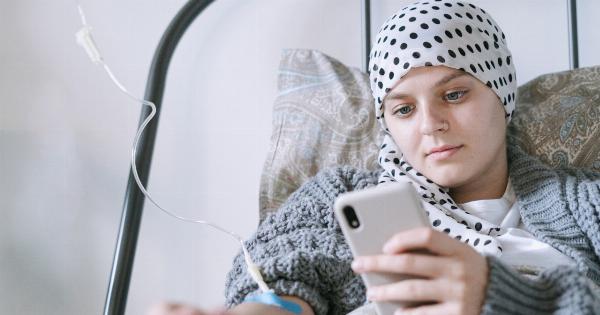With the advancement in technology, healthcare has undergone massive transformation in recent years. Predictive health analytics is one such technological innovation that has gained widespread acceptance in the healthcare industry.
It involves analyzing patient data to predict the likelihood of health-related risks or diseases in the future. While predictive health analytics has many potential benefits, it also comes with some hidden risks that are often overlooked.
What is Predictive Health?
Predictive health is a concept that uses big data analytics and machine learning algorithms to predict future health outcomes.
It involves analyzing a patient’s health history, genetic data, lifestyle choices, and environmental factors, among others, to predict the likelihood of developing certain diseases or health problems in the future.
Benefits of Predictive Health
Predictive health has several potential benefits, such as:.
- Early detection of diseases: Predictive health can help clinicians detect diseases in their early stages, allowing for timely intervention before the condition worsens.
- Personalized treatment: Predictive health allows for personalized treatment based on an individual’s unique health risk factors.
- Preventive care: Predictive health can help in identifying preventive measures to mitigate the risk of developing certain health problems in the future.
- Reduced healthcare costs: Predictive health can help in reducing healthcare costs by identifying high-risk individuals who require intervention and avoiding costly treatments later on.
Risks of Predictive Health
While predictive health has many potential benefits, there are also some hidden risks that need to be considered. These include:.
- False positives: Predictive health models may produce false positives, leading to unnecessary medical interventions, which can be harmful to the patient’s health and well-being.
- Privacy concerns: Predictive health involves the collection and analysis of large amounts of personal data, raising concerns about data privacy and security.
- Stigma: Predictive health results may lead to stigmatization of individuals, making it challenging for them to access healthcare services or insurance coverage.
- Overreliance on technology: Predictive health may lead to overreliance on technology, with clinicians relying solely on predictive models instead of clinical judgment and experience.
Managing the Risks of Predictive Health
There are several ways to manage the risks associated with predictive health, including:.
- Ensuring data privacy: Healthcare providers and researchers should ensure that patient data is collected and analyzed in a secure and privacy-compliant manner.
- Enhancing transparency: Predictive health models should be transparent, with clear explanations of how they work and the associated risks and benefits.
- Providing patient education: Patients should be educated on the benefits and risks of predictive health, allowing them to make informed decisions about their health.
- Combining predictive health with clinical judgment: Predictive health models should be used alongside clinical judgment and experience, rather than replacing them entirely.
Conclusion
Predictive health analytics has many potential benefits, but it also comes with some hidden risks, such as false positives, privacy concerns, stigma, and overreliance on technology.
To manage these risks, healthcare providers and researchers must ensure data privacy, enhance transparency, provide patient education, and combine predictive health with clinical judgment. Ultimately, the goal of predictive health should be to improve patient outcomes and quality of life, while also minimizing the risks associated with these technologies.






























